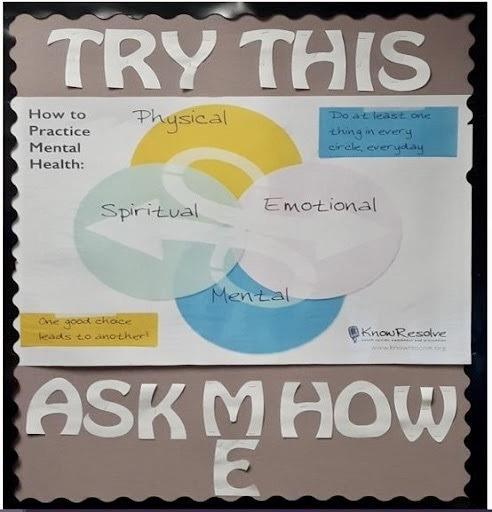
Self-care begins with mindset.
Self-care might be the buzzword of the 2020s. Still, how much of the discussion is about precise and effective approaches to addressing the core of the problem?
In Carol Dweck’s 2006 book, Mindset, The New Psychology of Success, she discusses the difference between people with a fixed mindset versus those of a growth mindset. She further explains ways that we can achieve our goals by changing our mindset. Even before we ask our students to develop more of a growth mindset, we first need to start with where they are in their own general wellness.
In a 2019 report by the CDC, more than 1 in 3 high school students had experienced persistent feelings of sadness or hopelessness in 2019. That is up 40 percent from 2009. Given recent global events that began early in 2020, how much has that statistic grown?
Start with personal wellness.
Focusing on a student’s personal wellness is a very important and necessary topic to bring into all classrooms. Using a strategy called 4 Circles of Self-care can help students learn to regulate and focus their self-care.
How it works
As a strategy, this concept can be used actively or passively by classroom teachers as well as other support staff and administration. The core concept is in drawing students’ attention to each of the four dimensions:
- Physical
- Spiritual
- Emotional
- Mental
At the beginning or end of the day, prompt students to reflect on one area they will address that day and what they plan to do. Another example is to have students brainstorm together activities in each of the four dimensions and contribute to a classroom visual with their ideas.
Consider this example of a classroom visual from Edutopia:


